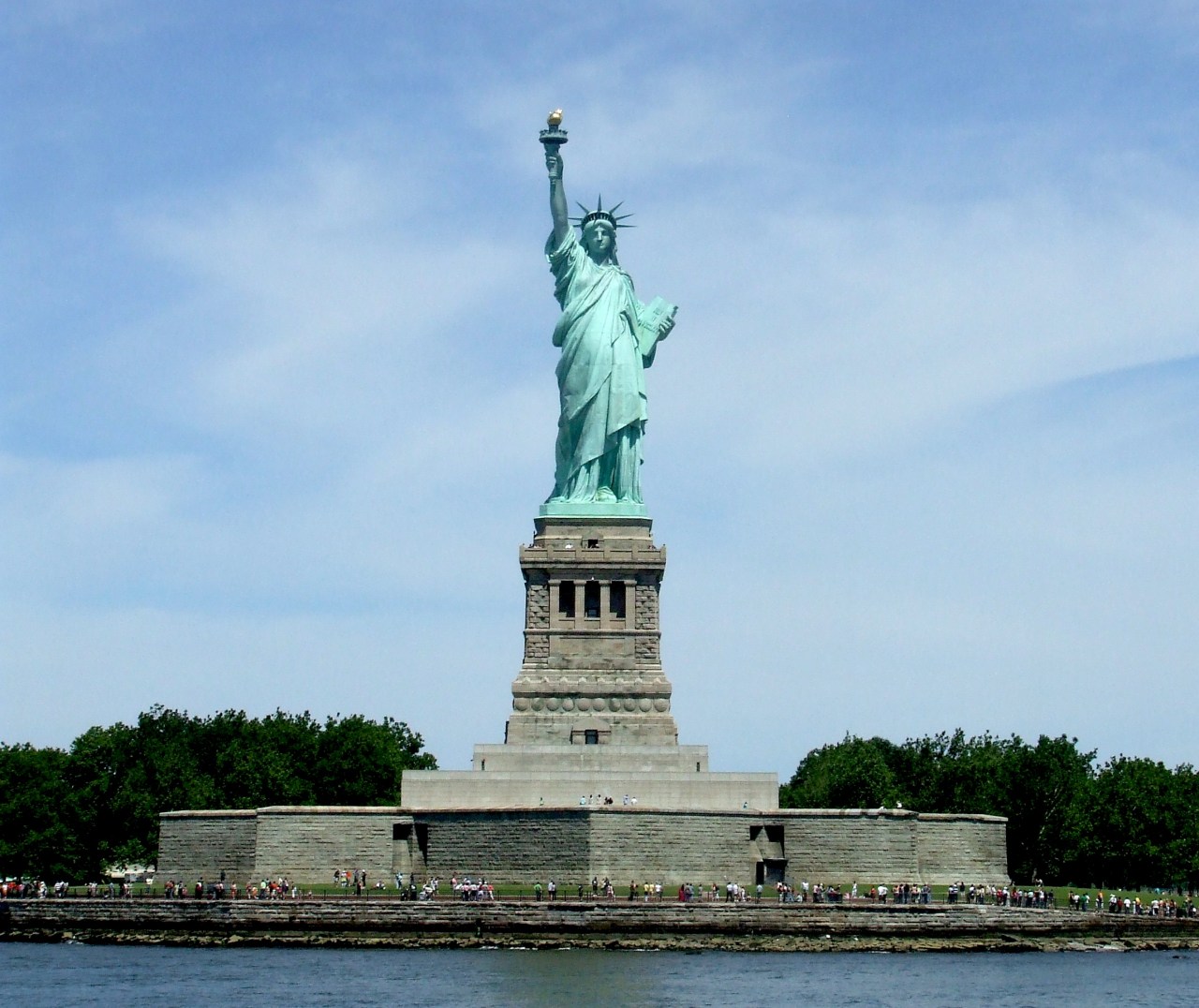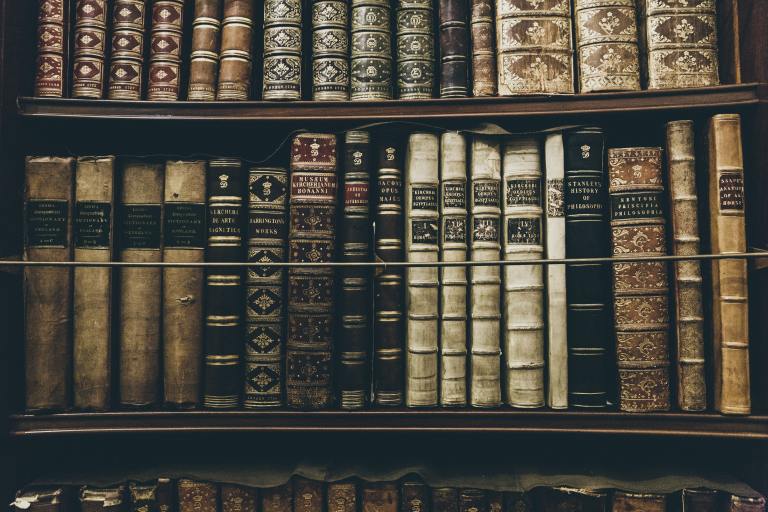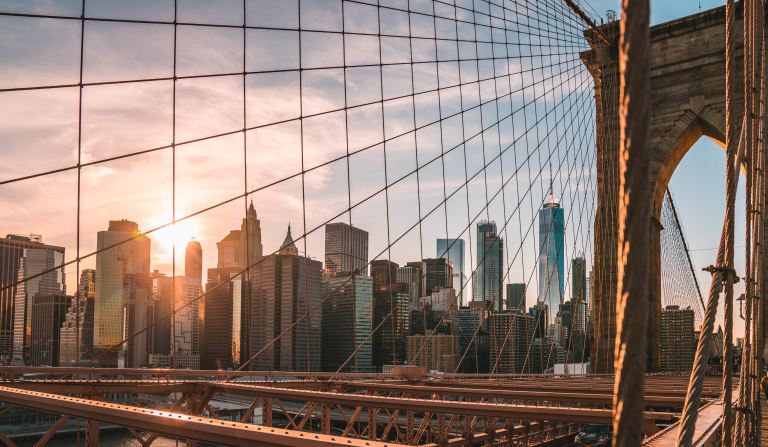The History Of America’s Biggest Cities I: New York City
But what was this place before it was New York City and why do we even call it that?
New York City, America’s largest city with an approximate population of 8.4 million people. Known affectionately as everything from The Big Apple to The City That Never Sleeps and even The Center Of The Universe. But what was this place before it was New York City and why do we even call it that? And what are some have-to-know facts about New York City?
Pre-Colonial New York
According to historical sources, the first native New Yorkers were the Lenape, an Algonquin people, the last of which arrived just before the year 1000. The Algonquin were hunters and fishers, who lived in different groups, although they were the same tribe spread across modern-day New York and parts of New Jersey.
Early Settlers
Giovanni da Verrazzano, an Italian, was the first European settler to begin documenting New York history in 1524 when he sailed to the New York Harbor. Although Europeans had begun settling in the area starting 1609, it wasn’t until 1624 that the Dutch West India Company sent about 30 families to live there permanently. Two years later in 1626, the first governor, Peter Minut, bought what is now modern-day Manhattan from the Native Americans.
The European settlers, which included mostly the Dutch, but also some English and French, and what we would now call modern-day Belgians, began to build a town called New Amsterdam. The first African slaves were in New York as early as 1628. The slaves, imported by the Dutch West India company, would build the wall to defend a fort, Fort Amsterdam, to keep out the English and the Native Americans.

In 1643, the trade between the Dutch and Native Americans severed. The Native Americans would trade fur for European goods and when the fur trade ceased, tensions grew. This eventually resulted in The Pavona Massacre which saw 80 Natives killed, consisting mostly of women and children. After this massacre, the Algoninquin tribes tried to unite and fight back but were ultimately defeated.
In 1652, the New Amsterdam area, ruled by a director from the Dutch Reformed Church from area, was now a self-governing colony. 1664, an English fleet landed in New Amsterdam, and captured the area. (The Dutch would later capture it again in 1673, briefly naming it “New Orange” and give it up again in 1674.) But the English named the area, “New York” after the Duke of York. And 345 years later, we’re still using that name.
Important Dates In New York City History
1693: The British installed 92 cannons in what was formerly Fort Amsterdam. The British renamed it Fort George, and it is currently known as The Battery.
1725: The first newspaper in the city, The New York Gazette began publication, started by one William Bradford.
1733: New York Weekly Journal begins its publication. Journalist John Peter Zengel lead the publication and was heavily critical of Williams Crosby who was the colonial governor at the time. In 1734 Zenger would be brought to trial but was acquitted, and he became a symbol of the freedom of the press.
1752: St. George’s Chapel (now St. George’s Episcopal Church) was built. The two architects who designed it were Charles Otto Blesch and Leopold Eidlitz. The Church would later be gutted by fire in 1865.
1754: King’s College was founded by Great Britain’s King George II royal charter . In 1784 the name of the college was changed to Columbia University.
1765: The year the American Revolutionary War began. In 1776, The Battle of Brooklyn (or the Battle of Long Island) took place and resulted in General George Washington withdrawing and allowing the British to occupy the place until 1783, when Washington would return triumphantly when the revolution had succeeded.
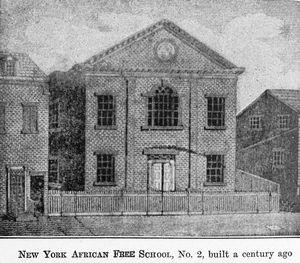
1787: The African Free School was founded to provide education to the children of slaves during a time of increasing attitudes towards abolition.
1801: The New York Evening Post was established by Alexander Hamilton.
1834: A series of Anti-abolitionist riots took place, known as the Farren riots. Riots were at a time of tension between a strong abolitionist movement among both blacks and Whites, as well as resentment towards blacks by many poor whites, and particularly Irish immigrants.
1835: The Great Fire Of New York. The fire raged for two days, destroying hundreds of buildings over 17 blocks.
1840s – 1850s: Increasing immigration from Southern and Eastern Europe began to change the demographics of the city.
1878: St. Patrick’s Cathedral opens.
1883: Brooklyn Bridge was opened after 14 years of construction. It would link Manhattan to Brooklyn. Unfortunately, panic set in on the day of its opening and 12 people died from trampling after a crowd feared it would collapse.
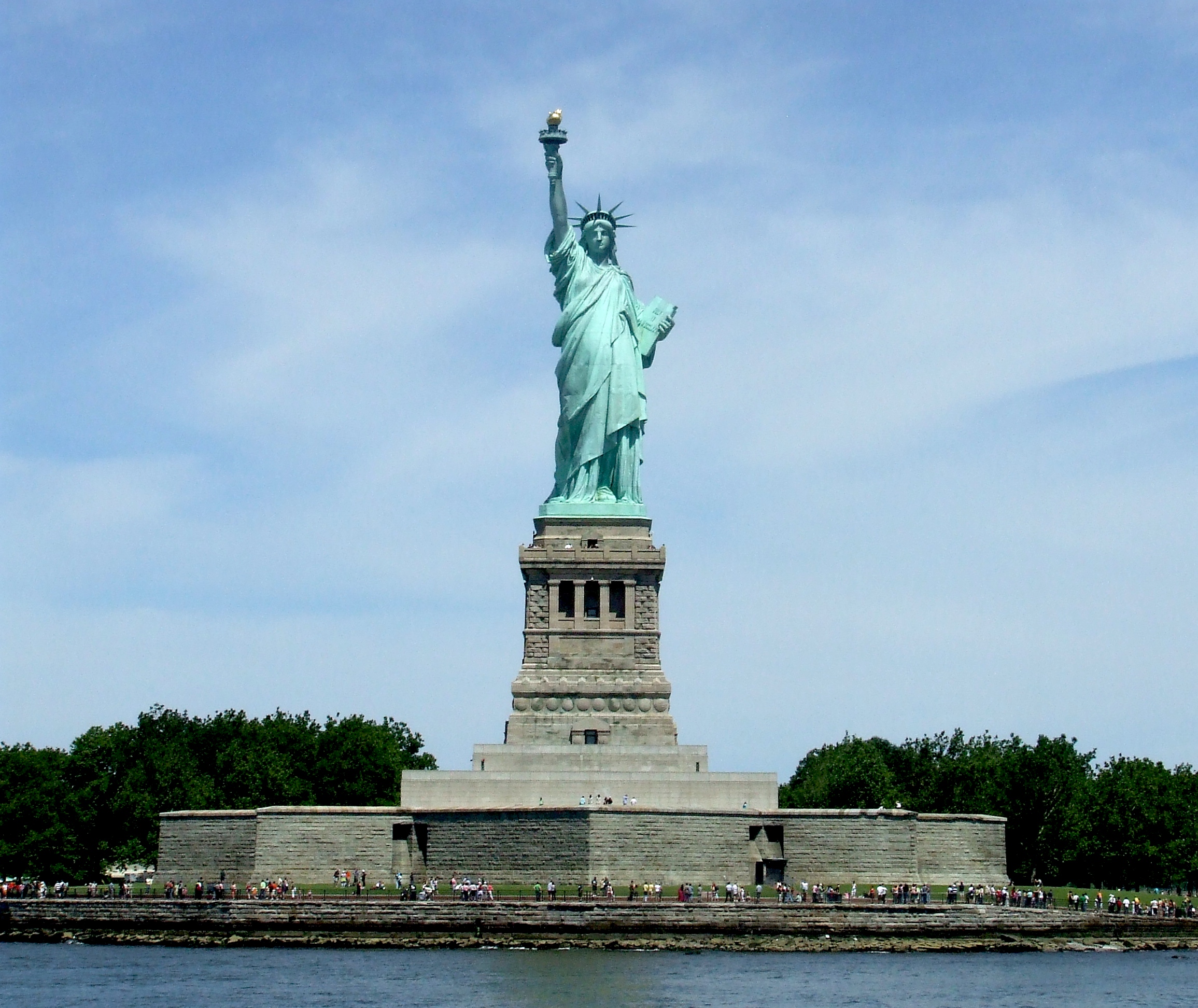
1886: The Statue of Liberty was unveiled.
1895: The New York Public library was opened. It is currently the second largest in the country after the Library of Congress, and the fourth largest in the world.
1930s: The Chrysler building (1930); The Empire State building (1931); The Rockefeller (built from 1930 – 1939)
1943: Race riots in Harlem begin after a white police officer shoots a Black soldier. But it was the spark that lit the fire during a time of heightened tension between black and white servicemen.
1965: Malcolm X is assassinated in the Audubon Ballroom in Washington heights on February 21.
1969: The Stonewall Riots began in a Greenwich Village bar, a hallmark and to some the beginning of the gay rights movement.
1973: World Trade Center was built. The construction has been in process since the send of World War II.
1980: John Lennon was assassinated in front of his home in the Dakota, an apartment block in Central Park West.
1990: New York City elects their first black mayor, David Dinkins.
2011: On September 11, The World Trade Center is destroyed in terrorist attacks that kill 2,606 people
The city that never sleeps it seems is also the city of resilience, hope, and big dreamers. Some of those dreams will turn into nightmares, certainly. But some of those dreams also probably come true. Carry on New York City. ![]()
